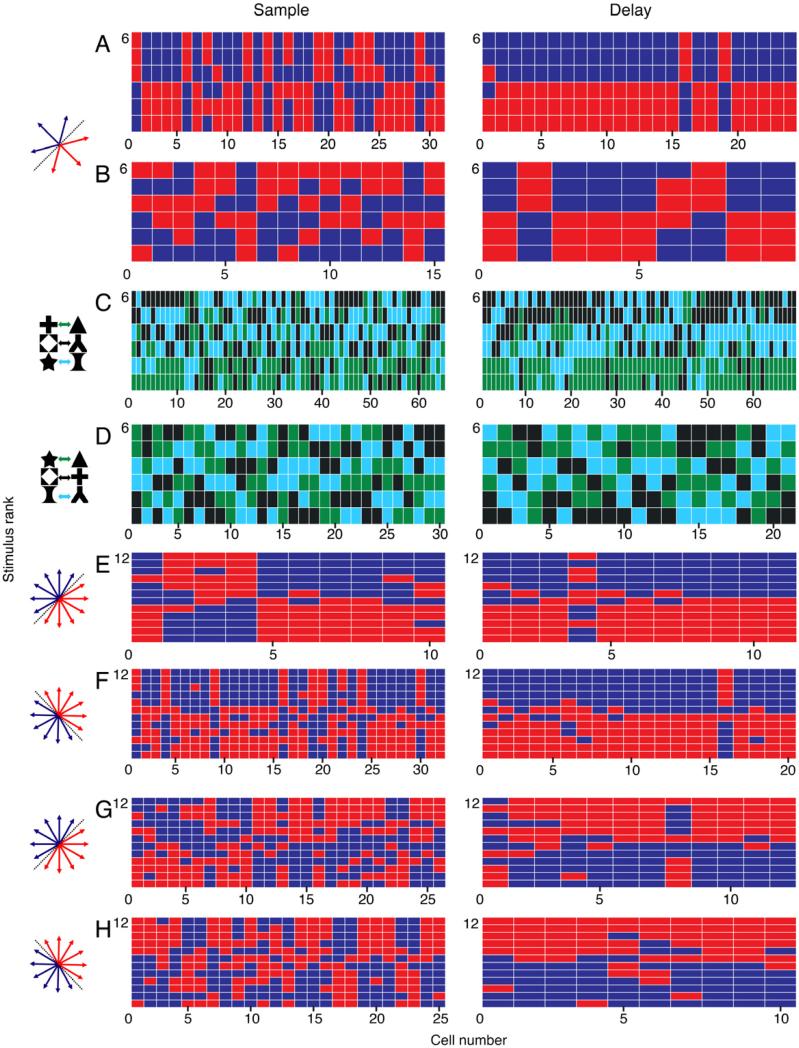Figure 3. Rank ordering of firing rate across different directions or shapes.

In A-H, each column of small colored rectangles corresponds to a set of firing rates recorded from a single neuron. Each rectangle in a column represents a single stimulus (direction or shape, depending on the experiment), color-coded according to the corresponding direction category or associated shape-pair of that stimulus. The stimulus that evoked the highest activity is represented by the rectangle at the top of the column, and the stimulus that evoked the lowest activity is represented by the rectangle at the bottom on the column. The remaining stimuli are arrayed within the column, rank-ordered by firing rate from top to bottom.
A. The ranked activity for all direction-category selective neurons in the six-direction categorization task recorded from Monkey H during the sustained sample (200-650 ms after motion onset) and late delay (750-1500 ms after motion offset). For each neuron, the three red rectangles correspond to the three directions in one direction category, and the three blue rectangles correspond to the three directions in the other category.
B. The ranked activity for all direction-category selective neurons in the six-direction categorization task recorded from Monkey I during the sustained sample and late delay.
C. The ranked activity for all pair-selective neurons recorded from Monkey H in the shape pair-association task during the sustained sample (200-650 ms post-shape onset) and late delay (750-1500 ms after shape offset).
D. The ranked activity for all pair-selective neurons recorded from Monkey I in the shape pair-association task during the sustained sample and late delay.
E. The ranked activity for all motion direction category-selective neurons in the twelve-direction categorization task with the 45-225° category boundary recorded from Monkey H during the sustained sample (200-650 ms post-motion onset) and late delay (500-1000 ms following motion offset).
F. The ranked activity for all category-selective neurons in the twelve-direction categorization task after training Monkey H with a 135-315° boundary, during the sustained sample and late delay.
G. The ranked activity for all category-selective neurons in the twelve-direction categorization task with the 45-225° category boundary recorded from Monkey S during the sustained sample and late delay.
H. The ranked activity for all category-selective neurons in the twelve-direction categorization task after training Monkey S with a 135-315° category boundary during the sustained sample and late delay.
